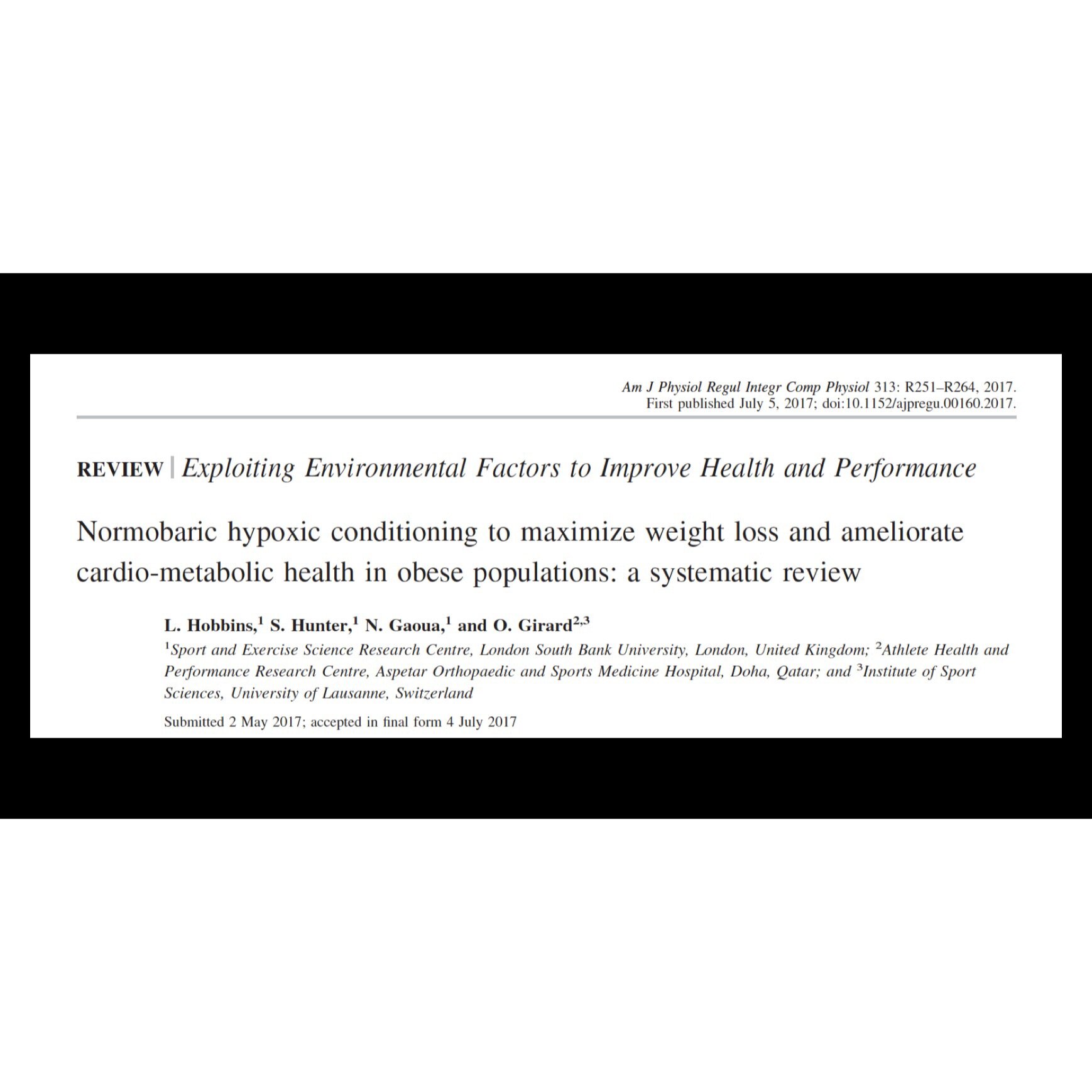Key Points
Breathing modulates the cardiovascular system through respiratory sinus arrhythmia
Slow breathing reduces chemosensitivity to high carbon dioxide and low oxygen
Controlled breathing could be a beneficial intervention in different pathological states
The Breathing Diabetic Summary
How does breathing affect us physiologically? Well, the answer to that is complex. Breathing is felt by various receptors throughout the body, affecting cardiovascular and autonomic variability on many levels. This review study examined these different modulatory effects of breathing through a comprehensive analysis of the peer-reviewed literature.
Breathing and the Cardiovascular System
The cardiovascular system is sensitive to external stimuli. Just picture something scary (like giving a presentation), and your heart rate will likely increase. Consequently, your breathing will also change to match your metabolic needs.
But this is a two-way street. Controlled, rather than reactive, breathing also has profound impacts on the cardiovascular system. This can be temporary, for example, breathing rapidly for one minute, or permanent, for example, developing the behavior/habit of chronic over-breathing.
Knowing that breathing has "direct access" to the cardiovascular system, let's look at how this occurs and how controlled breathing might be beneficial in different pathological states.
Respiratory Sinus Arrhythmia
One way in which breathing permeates the cardiovascular system is through respiratory sinus arrhythmia (RSA). RSA is a measurement of how breathing, heart rate, and blood pressure all interact. In simple terms, RSA refers to the increase in heart rate as you inhale and decrease in your heart rate as you exhale. RSA is thought to be an index of vagal activity and direct measurement of heart rate variability.
When we breathe so that the length of our inhale matches seamlessly with our heart rate increase and our exhale with our heart rate decrease, we maximize RSA. Typically, this occurs when breathing at around 6 breaths per minute. This coherence among respiration and heart rate leads to the maximization of heart rate variability, improving cardiovascular efficiency.
Breathing and Chemoreflexes
Slow breathing can reduce breathlessness and improve exercise performance in patients with chronic heart failure. These results suggest that slow breathing could be modifying the chemoreflexes, allowing one to tolerate higher concentrations of carbon dioxide and lower concentrations of oxygen.
To test this hypothesis, a study was conducted with yoga trainees and non-yoga trained participants. Both groups performed different breathing protocols to test their response to high carbon dioxide (hypercapnia) and low oxygen (hypoxia). Although none of these participants had heart problems, the goal was to see if slow breathing could reduce chemoreflexes in the controls to the levels seen in yoga practitioners.
As we might expect, the chemoreflexes of the yoga practitioners at baseline were much lower than the non-trained participants. This means their breathing did not increase as much when exposed to hypercapnia or hypoxia. Interestingly, the chemoreflexes of the controls decreased to levels similar to the yogis when breathing at 6 breaths per minute. Therefore, the simple act of slow breathing reduced chemosensitivity to carbon dioxide and hypoxia, regardless of previous training.
These results indicate that breathing could represent another way to better coordinate the breathing muscles, improve chemoreflexes, and improve exercise performance in patients with cardiovascular problems. Slow breathing could, therefore, be a practical alternative when other rehabilitation programs are not available.
Breathing Modulates Cardiovascular and Autonomic Control
To summarize, breathing is a potent modulator of cardiovascular and autonomic systems. Deliberate practice of different breathing patterns (for example, slow breathing) could be beneficial for increasing heart rate variability, improving breathing efficiency, improving chemosensitivity, and enhancing cardio-autonomic control.
Abstract
Respiration is a powerful modulator of heart rate variability, and of baro- and chemoreflex sensitivity. Abnormal respiratory modulation of heart rate is often an early sign of autonomic dysfunction in a number of diseases. In addition, increase in venous return due to respiration may help in maintaining blood pressure during standing in critical situations. This review examines the possibility that manipulation of breathing pattern may provide beneficial effects in terms not only of ventilatory efficiency, but also of cardiovascular and respiratory control in physiologic and pathologic conditions, such as chronic heart failure. This opens a new area of future research in the better management of patients with cardiovascular autonomic dysfunction.
Journal Reference:
L Bernardi, C Porta, A Gabutti, L Spicuzza, P Sleight. Modulatory Effects of Respiration. Auton Neurosci. 2001;90(1-2):47-56. doi: 10.1016/S1566-0702(01)00267-3.




